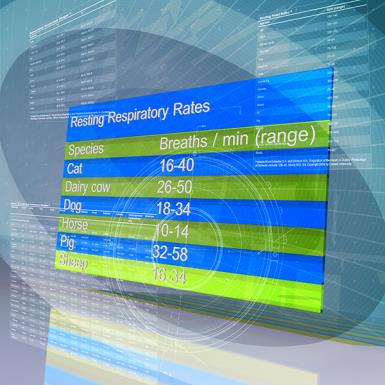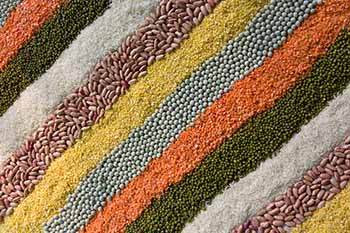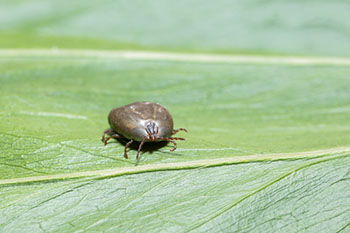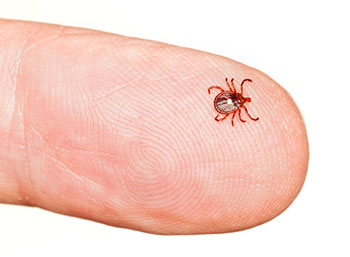Special Subjects

-
How to Study in Veterinary School
-
The Human-Animal Bond
- Overview of the Human-Animal Bond
- Veterinary Family Practice
- Human Health Benefits of Pet Ownership
- Animal-assisted Interventions: Therapy, Activities, and Education
- Service or Assistance Dogs and Other Working Dogs
- Animal Welfare
- Euthanasia, Pet Loss, and Grief for Owners and Veterinarians
- Self-care for Veterinarians
-
Reference Guides
- Normal Rectal Temperature Ranges
- Resting Heart Rates
- Resting Respiratory Rates
- Urine Volume and Specific Gravity
- Blood-Gas Reference Ranges
- Hematologic Reference Ranges
- Serum Biochemical Reference Ranges
- Clinical Chemistry SI Conversion Factors
- Weight to Body Surface Area Conversion for Dogs
- Weight to Body Surface Area Conversion for Cats
- Temperature Equivalents and Conversions
- Metric System Prefixes and Symbols
- Weights and Measures Equivalents and Conversions
- Percentage, ppm, and ppb Conversions
- Milligram-Milliequivalent Conversions and Atomic Weights
Special Subjects Sections (A-Z)
How to Study in Veterinary School
Reference Guides
The Human-Animal Bond
Companion animals are commonly considered to be family members, and the human-animal bond has become a household term. More than half of all households in the USA have at least one dog or cat, and most pet owners have more than one pet. Cats outnumber dogs as companion animals, and many veterinary practices serve only cats. Yet, a 2008 study of the care pets receive reported that dogs were seen by a veterinarian more than twice as often as cats, even in households with both species.
Also of Interest
Test your knowledge
The acronym SLUD stands for salivation, lacrimation, urination, and defecation, which are the clinical signs associated with muscarinic cholinergic overstimulation caused by certain toxins. Signs of SLUD are most consistent with exposure to which of the following classes of chemicals?





